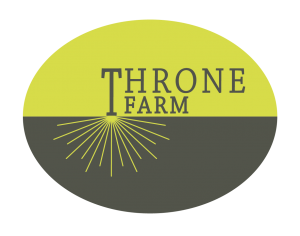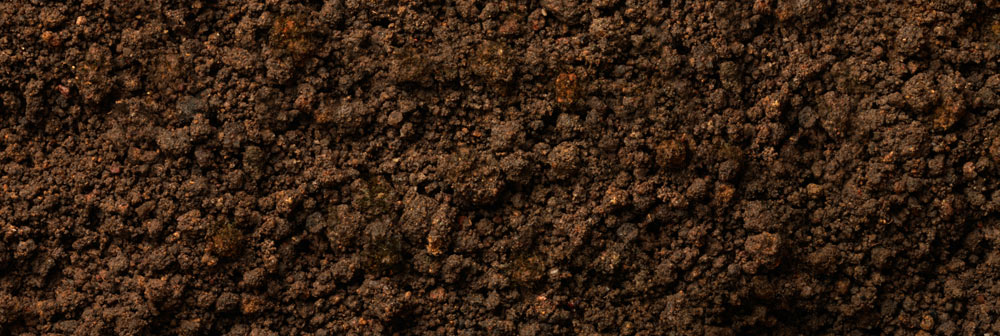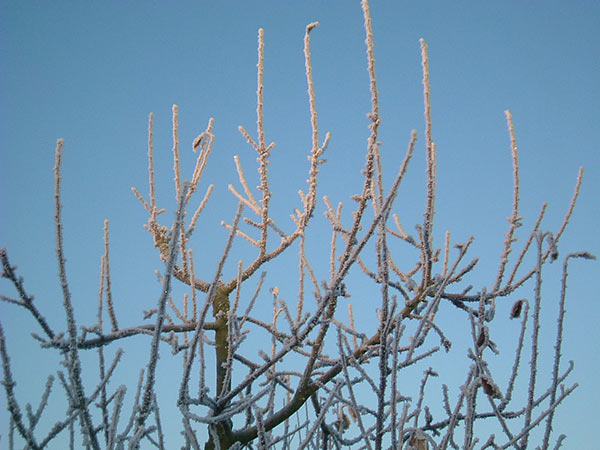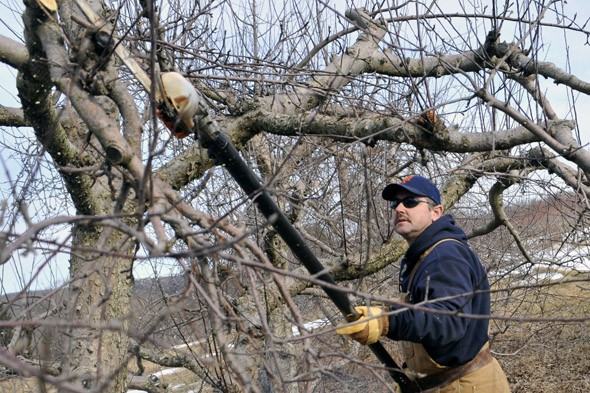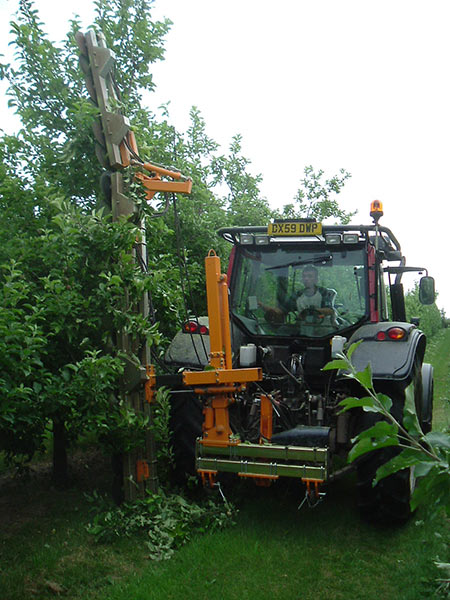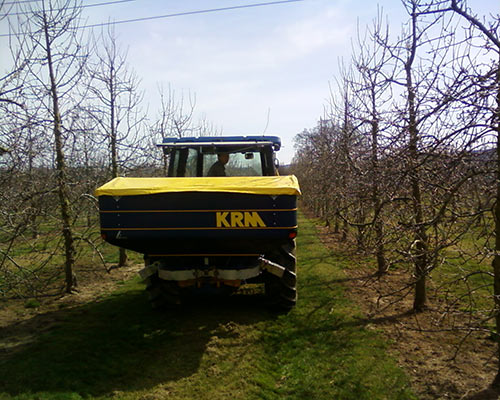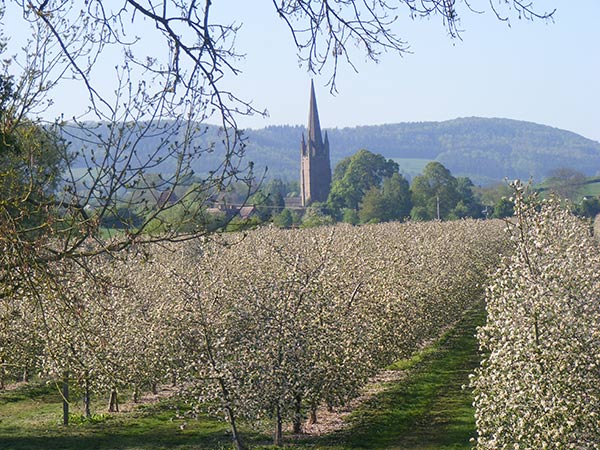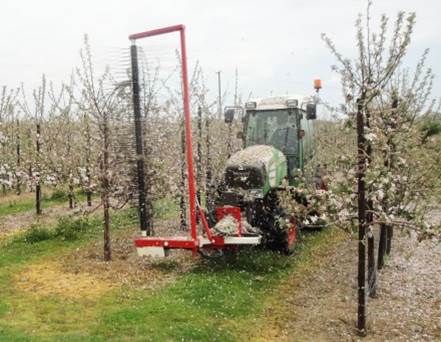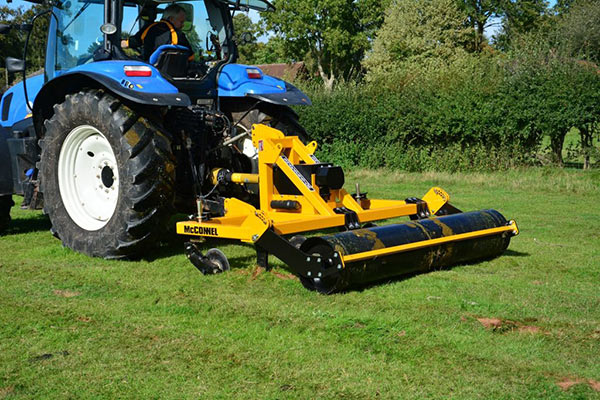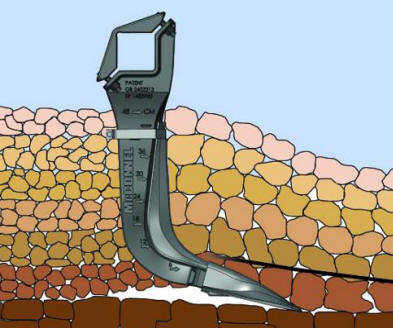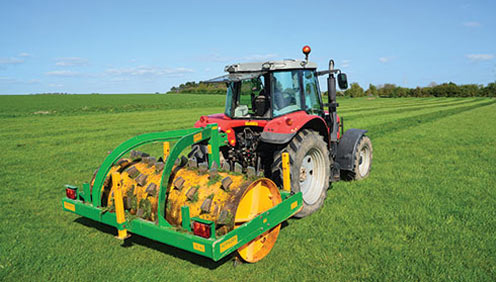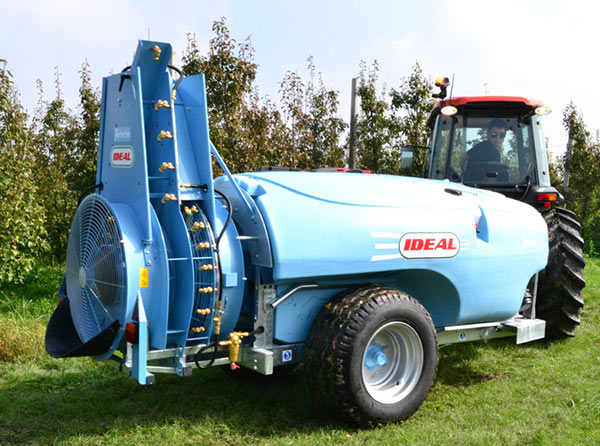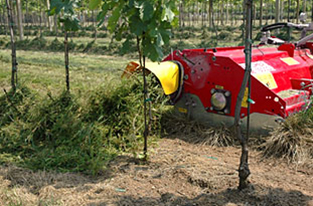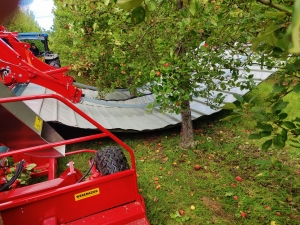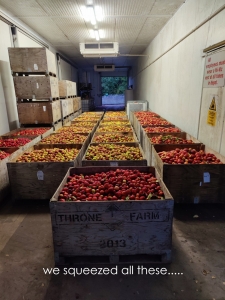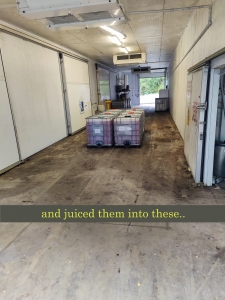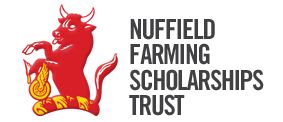SPRING
Harp orchard in full blossom in May
Blossom time is vitally important as pollination between trees needs to occur for fruit to set. Poor weather such as frost will deter pollinator insects such as bees and damage the delicate flowers with the potential to wipe out the whole crop. We also plant specific pollinator varieties to encourage windborne pollination.
Mechanically thinning blossom with our Darwin thinner
Our Darwin thinner is a great way of reducing the burden of excessive fruit on trees without the use of costly labour or chemicals. This process also helps to balance out yields between years and gives us larger fruit which is better quality and easier to harvest. It reminds me of an automatic car wash, with rotating plastic strands that whip the trees to reduce the amount of blossom
Breaking up soil compaction with our shakeaerator
Bottom up soil fracturing with a shakaerator leg
This forms out bottom up approach, with the shakaerator shattering soil at depth to improve drainage and improve soil structure allowing more air pores. We generally like to rely upon the earthworms to facilitate this for us but it is a useful intervention following a lot of compaction at times such as harvest.
SUMMER
Breathing life into our soils using our soil aerator
Nitrogen is globally the most widely used artificial fertiliser. The air contains 78% nitrogen and it would be foolish to ignore this free resource. By creating slits in the soil we get more nitrogen and oxygen to legume roots, such as clover, and bacteria which will “fix” nitrogen into the soil, ready for plant root uptake.
Our air blast sprayer used for pesticides but now more regularly foliar feeds
We use low drift nozzles on our computer controlled sprayer. Through varietal selection, less intensive planting and boosting soil & tree health in the future, we believe that we can continually drive down our pesticide usage. Nowadays we are more likely to be spraying foliar feeds.
Mowing orchards whilst creating a mulch under the trees
A well kept grass alleyway is essential, particularly in the cider orchards where we harvest off the floor. The grass cuttings are not wasted as we side auger them under the trees to create a mulch. We therefore use less herbicides as weeds are smothered and soils are improved
AUTUMN
Shake and Catch – Harvesting top fruit
We have changed from hand picking due to cost and labour availability but don’t like to harvest off the floor due to rotten and dirty apples.
Our “shake and catch harvesting system is the perfect compromise. A giant sail is unfurled beneath the tree which is then shaken to collect the dropping fruit.
Juicing fruit
Our Amos belt press gently squeezes our fruit to yield juices for drinking or making into Cider, Perry and even Gin
We also sow our winter cash crops and cover crops
